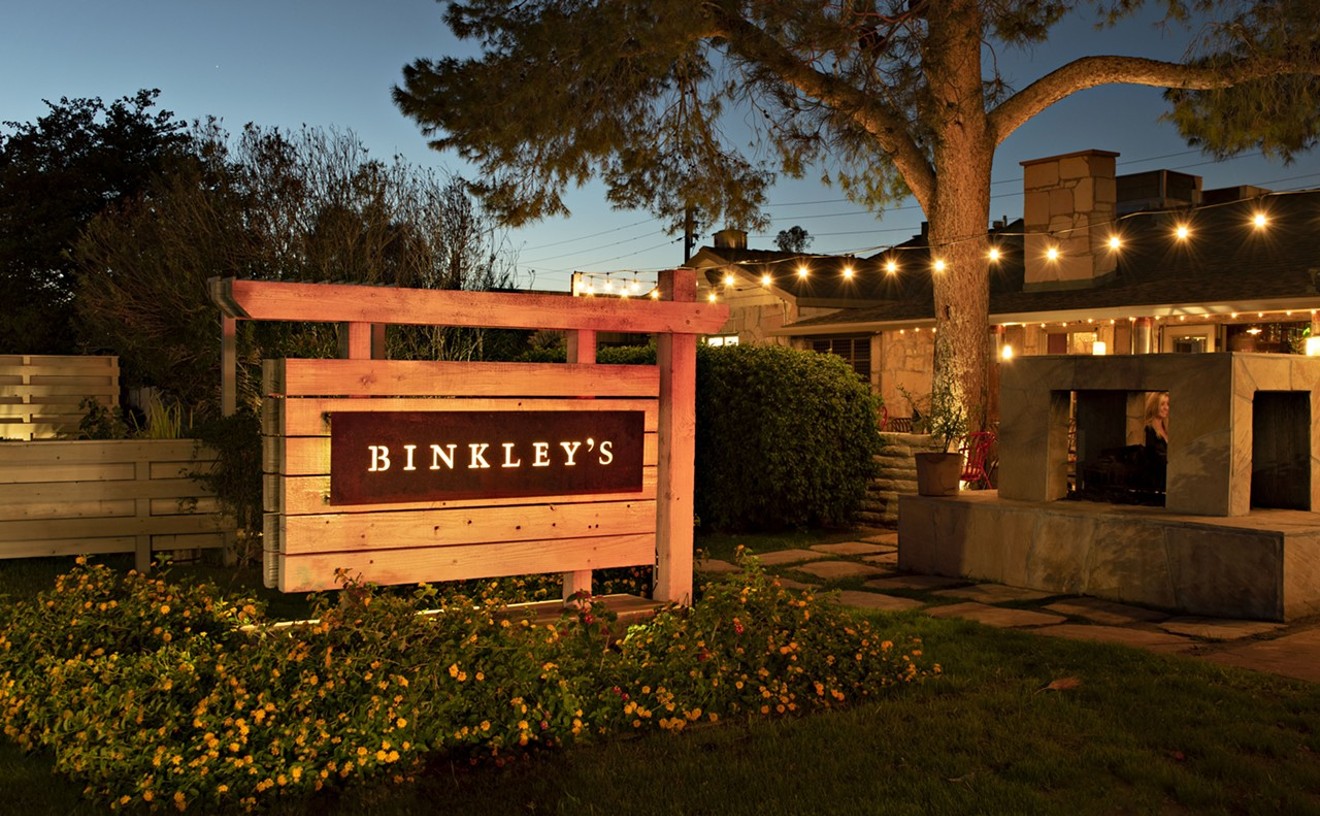See Also: 9-Year-Old School Lunch Blogger 1, Council Censors 0 See Also: Three Ignite Phoenix Videos That Rocked Our World See Also: Beaver Choice Serves Up Swedish Fare That's Too Good to Keep Secret
The debate over school lunches has is no stranger to news coverage. We've talked about the 9-year-old food blogger who battled government censorship to take her lunch reviews international. And locally, we've seen FnB's Charleen Badman try to rework some pretty abysmal school lunches as well.
So how's the rest of the world doing? We've seen that Scotland and America seem to have trouble putting healthy and fulfilling lunches on the table, maybe everyone else is hurting too?
Maybe not. Magnus Fjellström is a high school teacher in Sweden who was so appalled by the American school lunches on TV he felt obligated to show off the lunches served at his public school.
From the gallery he posted, a couple things are apparent:
We spoke with Magnus, who lives in Umeå, Sweden, via email and he helped give us a little context to his original post.
According to him, these lunches are par for the course in the Swedish public school system. Lunches there typically consist of one to three entree selections, sides and an all-you-can eat salad bar. He says that the salad bar is a relatively recent addition since he doesn't remember having one when he was in high school a couple decades ago. These lunches are provided free of charge to all students. Concerning how he feels Swedish lunches stack up against what he's seen of American lunches he has this to say,
"I'd say that Swedish kids eats WAY better food than American does. I saw some American kids eating a small bag of chips, a Snickers bar and a Coke for lunch. That's not a lunch, that's a heart failure waiting to happen."
He says that hamburgers and pizza aren't unknown to the lunch room but that they only make an appearance every other month. He also says that they're accompanied by expanded salad offerings and extra fruit.
The one downside he admits to is that Swedish lunches tend towards the bland but he theorizes this is the meals will appeal to the largest number of children.
Granted we paint of a rather sunny picture of Swedish lunch time here. Former Washington Post reporter turned urban farm partisan, Ed Bruske, provides an in depth comparison of the Swedish public lunch system versus our own.
The primary difference he draws is that Swedish law entitles any student under the age of 16 a free lunch, regardless of their economic condition. They do have their share of problems though, including a funding system that leads to disparity in how much schools are paid to feed their students.
All of that said, as a children of the Los Angeles Unified School District know, it's hard not to be envious of a nice plate of gravy and rice when we grew up eating chalupas. We were unable to locate a photograph of a LAUSD chalupa but it was basically a greasy tortilla boat filled with rubbery cheese and studded with deer turd chunks of "meat." Make of that what you will.
Of course, what we really want to do is talk to the lunch person. We'd like to think the preparation of these tasty meals looks like this:










